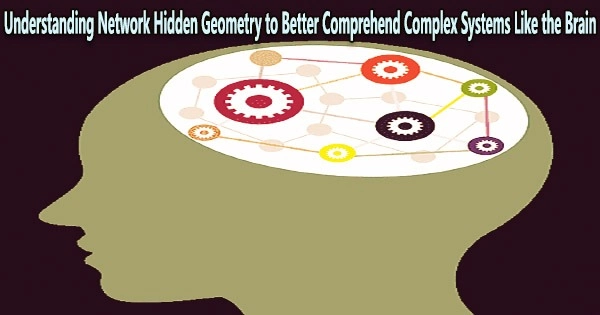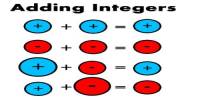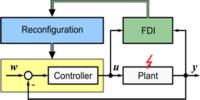Understanding complex systems like the brain is a major challenge for scientists and researchers. The brain is one of the most complex and sophisticated organs in the human body, with billions of neurons and trillions of connections between them.
While scientists have made significant progress in understanding some aspects of brain function, there is still much to learn.
A study led by Professor Carlo Vittorio Cannistraci, Director of the Center for Complex Network Intelligence (CCNI) at the Tsinghua Laboratory of Brain and Intelligence, and published in Nature Communications, suggests a quick algorithm to measure the relationship between a complex interconnected system’s variables space, geometry, and navigability, revealing how this can improve our understanding of age- and gender-related differences in the brain.
The connection of networks linked to complex systems, like human society, is shaped by a variety of factors. Some of these factors are well-known, such as the correlation between a person’s popularity and the number of connections they can have in social media networks.
Another example is given by variables such as semantic or spatial proximity. The likelihood that people would link and cluster together to form small and medium communities in a network is higher the more people who have similar interests or reside nearby.
Although we visualize brain networks in a three-dimensional space, the number of variables that shape their architecture is higher. Some of these variables such as age and sex are known, but many others are unknown, nevertheless we can still find their trace in the shape of the brain network, therefore we can try to measure how congruent is the shape of a network with its hidden geometry. This measure can be used as a marker that can differentiate different states or conditions of brain networks, and therefore can help to envision new theories and measures to design markers for brain diseases.
Professor Carlo Vittorio Cannistraci
Computer science and mathematics are also important for understanding complex systems like the brain. Mathematical models can help researchers understand the underlying principles that govern brain function.
Many other factors that affect the connectedness of the network in a complex system remain unknown if variables like popularity and vicinity are known. Nonetheless, the network structure still bears a “trace” of the geometrical relationship between these variables in a multidimensional space that we refer to as a manifold.
Prof. Carlo Vittorio Cannistraci, the first author of the study, says that “If physics studies the principles and mechanisms of the outside universe, brain science studies the principles and mechanisms of the inside universe. My research is at the interface between these two disciplines. I deal with Physics and Engineering of Complexity and Intelligence: studying principles of natural and artificial intelligence.”
Together with his colleague and co-author Alessandro Muscoloni, he envisioned and realized in the study that has just been published in Nature Communications how to build an optimized algorithm that cuts 26 years of computation down to one week, as well as how to be able to gauge how closely a network topology matches an associated manifold geometry.
The network is a kind of discretization of the manifold, which depicts the rule of geometrical relationships between all the variables that go into creating the shape of the network in a complex system. Unknown is the hidden geometry of the manifold that underlies the organization of brain networks.
“Although we visualize brain networks in a three-dimensional space, the number of variables that shape their architecture is higher. Some of these variables such as age and sex are known, but many others are unknown, nevertheless we can still find their trace in the shape of the brain network, therefore we can try to measure how congruent is the shape of a network with its hidden geometry. This measure can be used as a marker that can differentiate different states or conditions of brain networks, and therefore can help to envision new theories and measures to design markers for brain diseases,” says Cannistraci.
















